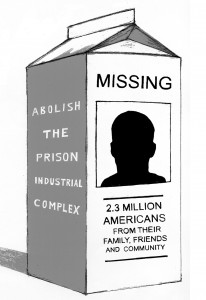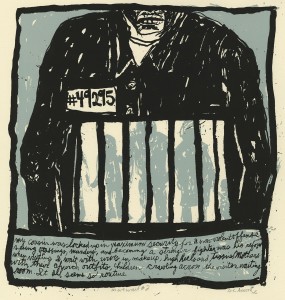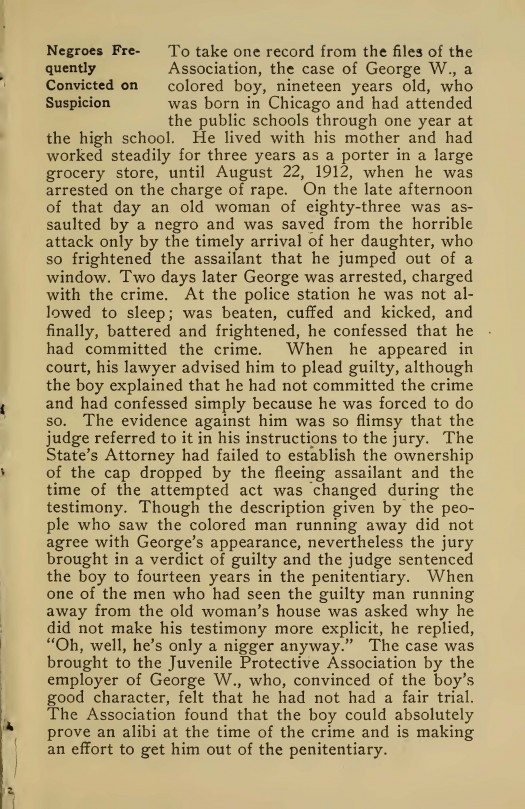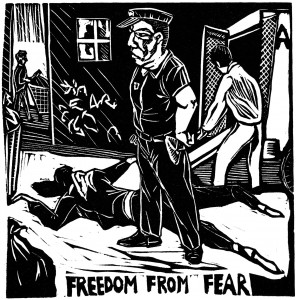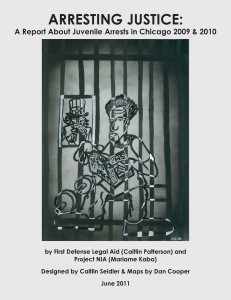Prison Culture is One Year Old Today!
Here’s how I launched this blog on June 29th 2010:
In the upcoming days, this site will catalogue some of the information that I come across as I research the way that the prison industrial complex intersects with all aspects of U.S. culture. I hope to blog about interesting articles that I have read and to include new resources that I find useful. I will also use this site as a way to document how the prison industrial complex operates and the ways that it is impacting U.S. society.
Well it seems hard to believe that it has already been one year but it has. I am stunned at what this small personal effort has turned into. We have reached over 100,000 total views on the blog. I can honestly say that I didn’t think that more than 10 of my friends and family would read this (and I was being generous at that!).
The thing that has been most gratifying for me has been the e-mails and communication that I have received from young people, prisoners, and others who are impacted by the epidemic of mass incarceration. I have also had the opportunity through this blog to connect with new allies who are fighting the good fight against the PIC.
As Prison Culture enters its second year, I look forward to continuing to share what I learn with you. I look forward to including more voices on this blog. That is a not-so-subtle hint to my many friends and colleagues who are brilliant and dedicated to dismantling the PIC. I would love to feature your voices, thoughts, and ideas on this blog!
Finally, I have tried over the course of this year to marry personal observations with empirical facts. I will continue to do this in the coming year. However, I really am open to other ideas of what folks might be interested in seeing on this blog in the coming months. So, please reach out to me and offer your feedback. I can’t promise that I will be able to incorporate every single suggestion but I know that I will be able to implement some of them. Thanks to every single person who has stopped in to read Prison Culture whether it was a one time thing or you’ve been a regular visitor. Peace to you all!
